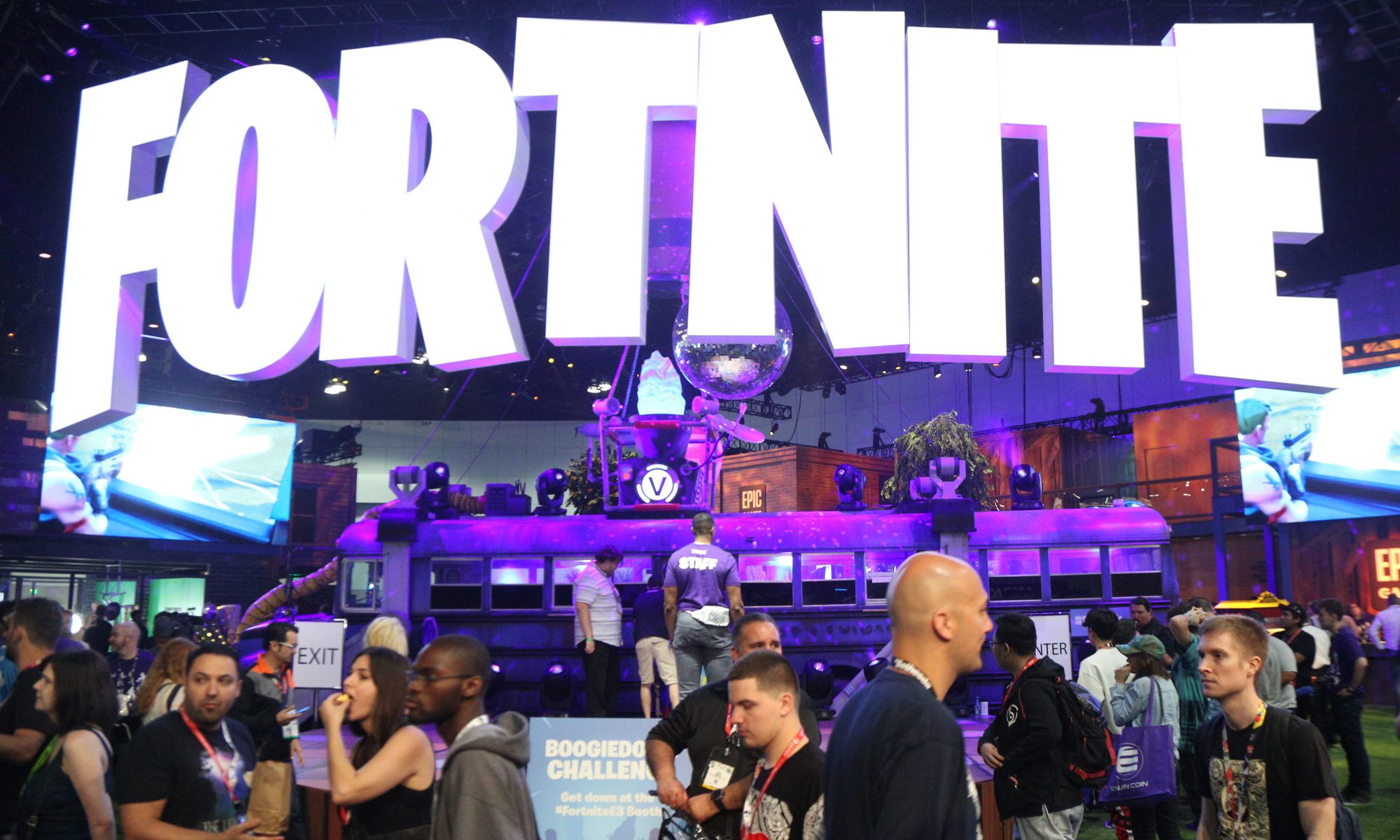Machine translation of foreign languages is undoubtedly a very useful thing, but if you’re going for anything more than directions or recommendations for lunch, its shallowness is a real barrier. And when it comes to the law and constitutional rights, a “good enough” translation doesn’t cut it, a judge has ruled.
The ruling (PDF) is not hugely consequential, but it is indicative of the evolving place in which translation apps find themselves in our lives and legal system. We are fortunate to live in a multilingual society, but for the present and foreseeable future it seems humans are still needed to bridge language gaps.
The case in question involved a Mexican man named Omar Cruz-Zamora, who was pulled over by cops in Kansas. When they searched his car, with his consent, they found quite a stash of meth and cocaine, which naturally led to his arrest.
But there’s a catch: Cruz-Zamora doesn’t speak English well, so the consent to search the car was obtained via an exchange facilitated by Google Translate — an exchange that the court found was insufficiently accurate to constitute consent given “freely and intelligently.”
The fourth amendment prohibits unreasonable search and seizure, and lacking a warrant or probable cause, the officers required Cruz-Zamora to understand that he could refuse to let them search the car. That understanding is not evident from the exchange, during which both sides repeatedly fail to comprehend what the other is saying.
Not only that, but the actual translations provided by the app weren’t good enough to accurately communicate the question. For example, the officer asked “¿Puedo buscar el auto?” — the literal meaning of which is closer to “can I find the car,” not “can I search the car.” There’s no evidence that Cruz-Zamora made the connection between this “literal but nonsensical” translation and the real question of whether he consented to a search, let alone whether he understood that he had a choice at all.
With consent invalidated, the search of the car is rendered unconstitutional, and the charges against Cruz-Zamora are suppressed.
It doesn’t mean that consent is impossible via Google Translate or any other app — for example, if Cruz-Zamora had himself opened his trunk or doors to allow the search, that likely would have constituted consent. But it’s clear that app-based interactions are not a sure thing. This will be a case to consider not just for cops on the beat looking to help or investigate people who don’t speak English, but in courts as well.
Providers of machine translation services would have us all believe that those translations are accurate enough to use in most cases, and that in a few years they will replace human translators in all but the most demanding situations. This case suggests that machine translation can fail even the most basic tests, and as long as that possibility remains, we have to maintain a healthy skepticism.
Source: Tech Crunch









